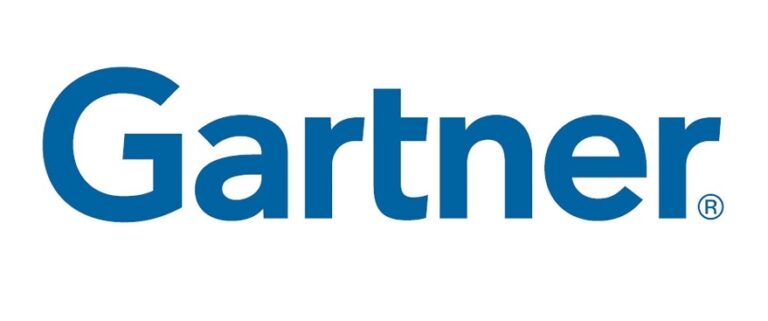How one approach to M&A is more likely to create value than all others
Two decades of research show that, while large deals still have their place, programmatic M&A strategies continue to create gains in excess total returns to shareholders, at lower levels of risk.
M&A is having a moment—again. The US Federal Trade Commission (FTC) has had to adjust its premerger review process to manage the tidal wave of filings coming its way. And according to some sources, deal value rose more than 300 percent in the first half of 2021 compared with the first half of 2020, and “was virtually equivalent to the total value recorded in all of 2020.”
Activity is surging as companies use M&A to manage the still-unpredictable economic effects of the COVID-19 pandemic and find their strategic footing. They are pursuing deals to streamline their assets, establish or extend their digital capabilities, acquire top talent, and otherwise strengthen their competitive positions. None of this is news to those companies that have adopted a through-cycle mindset to M&A; alliances, partnerships, and other transactions have been top of mind for them all along.
What might interest all executives, however, is a reminder of what really works when it comes to deal making. Our empirical research, which analyzes more than 20 years of data, confirms, once again, that programmatic M&A is the strategy that is most likely to create the most value for companies. That is, carefully choreographing a series of deals around a specific business case or M&A theme—rather than relying on episodic “big bang” transactions—is far more likely than other approaches to lead to stronger performance and less risk.3
Indeed, our most recent survey data, which we’ll explore in this article, reveal other facts about the impact of programmatic M&A across sectors, during downturns, and in the context of large deals. (Hint: large deals are not always value-destroying, especially when complemented by some form of programmatic M&A.) We’ll examine which M&A strategies create the most value, why programmatic still reigns over other approaches to M&A, and how programmatic acquirers do what they do.
Proof of efficacy aside, it’s critical for executives to remember that programmatic M&A is not purely a volume play; it’s a strategy for systematically building new businesses, services, and capabilities. The companies that use a programmatic approach create deal flows linked to their conviction in their corporate strategy, understanding of their competitive advantage, and confidence in their capacity to execute. They manage their growth strategies proactively. And their approach to M&A does not change, regardless of the success or failure of any single deal.








